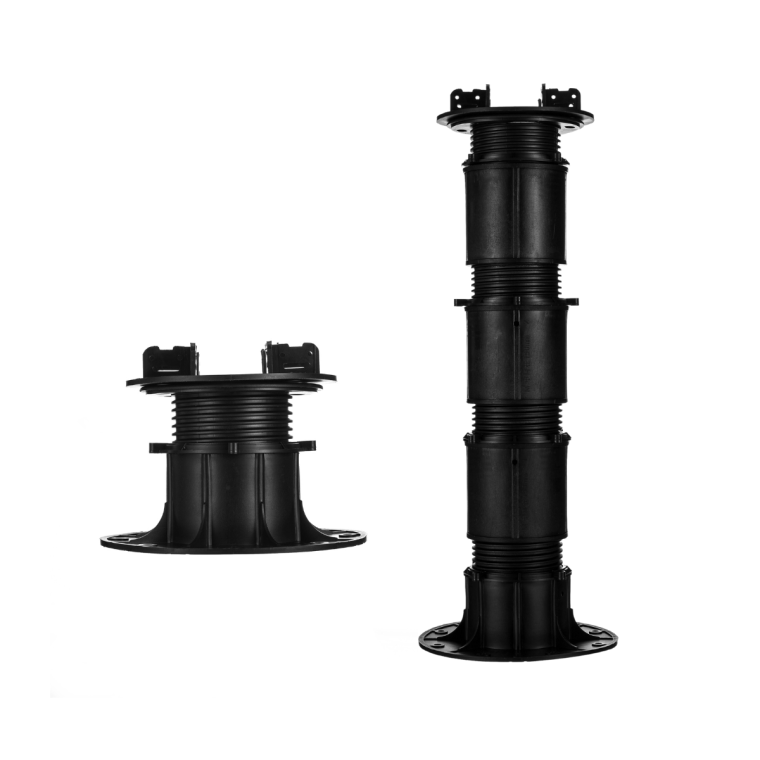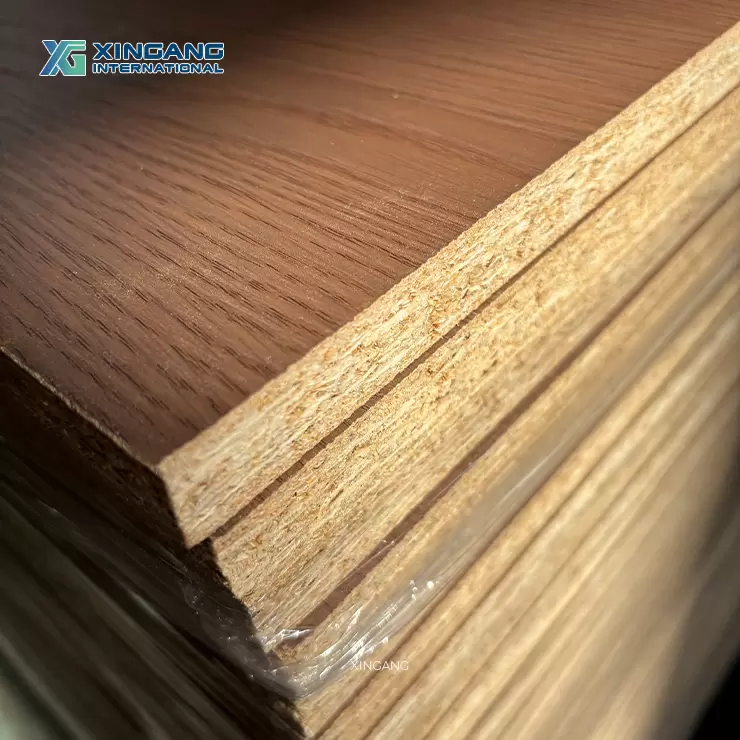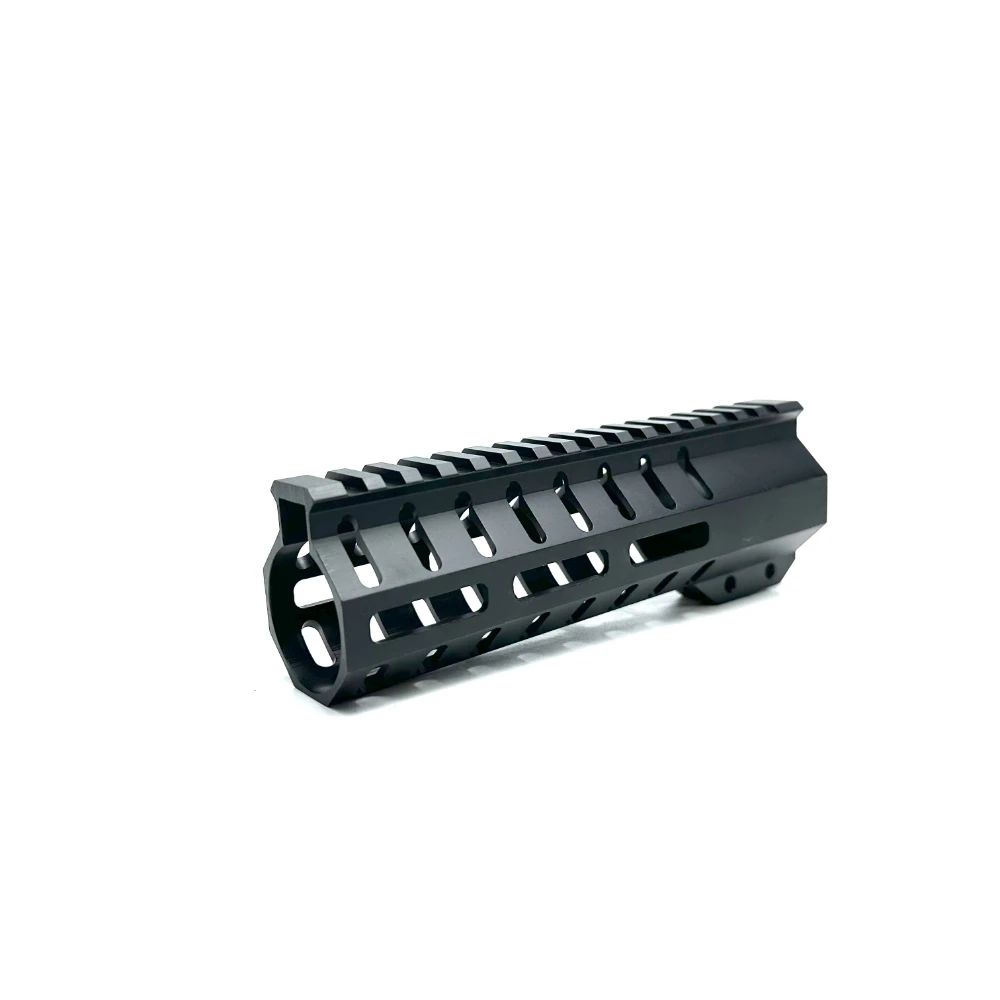When it comes to safeguarding your home, ensuring that your foundation is waterproof is paramount. A compromised foundation can lead to a myriad of issues, including structural damage, mold growth, and decreased property value. Fortunately, with the right techniques and materials, you can effectively waterproof your foundation at home. This article will delve into practical methods, materials, and best practices to help you achieve a water-resistant foundation.
Understanding the Importance of Foundation Waterproofing
Before diving into the methods, it’s essential to understand why waterproofing your foundation is crucial. Water intrusion can cause:
- Structural Damage: Excess moisture can weaken the foundation, leading to cracks and shifts that compromise the integrity of your home.
- Mold and Mildew Growth: Damp environments are breeding grounds for mold, which can pose health risks and lead to costly remediation.
- Increased Energy Costs: A wet foundation can lead to higher energy bills due to inefficient heating and cooling.
- Decreased Property Value: Homes with water damage or mold issues can lose significant market value.
Assessing Your Foundation
Before implementing waterproofing measures, assess your foundation for existing damage. Look for:
- Cracks or fissures in the concrete
- Signs of moisture or water stains
- Musty odors indicating mold presence
Address any significant issues before proceeding with waterproofing.
Methods for Waterproofing Your Foundation
- Exterior Waterproofing
Excavation and Membrane Installation: This method involves excavating around the foundation to expose the walls. Once exposed, apply a waterproof membrane, such as a rubberized asphalt or polyethylene sheet, to prevent water infiltration. Ensure proper drainage by installing a French drain system to redirect water away from the foundation.
Benefits: This method is highly effective and provides a long-lasting solution. It also addresses potential drainage issues.
- Interior Waterproofing
Sealants and Coatings: For minor moisture issues, applying a waterproof sealant or coating on the interior walls can be effective. Products like epoxy or polyurethane sealants can fill small cracks and create a barrier against moisture.
Sump Pump Installation: If your basement is prone to flooding, consider installing a sump pump. This device collects water and pumps it away from the foundation, preventing water accumulation.
Benefits: Interior waterproofing is less invasive and can be completed without extensive excavation. It’s ideal for homes with existing landscaping or limited access to the foundation.
- Landscaping Solutions
Grading: Ensure that the ground around your foundation slopes away from the house. A slope of at least 6 inches over the first 10 feet is recommended to direct water away from the foundation.
Gutters and Downspouts: Install gutters and downspouts to channel rainwater away from your home. Ensure that downspouts extend at least 5 feet from the foundation.
Benefits: Proper landscaping can significantly reduce water pooling around the foundation, minimizing the risk of water intrusion.
Choosing the Right Materials
Selecting the right materials is crucial for effective waterproofing. Here are some recommended products:
- Waterproof Membranes: Look for high-quality membranes that are resistant to punctures and tears.
- Sealants: Choose sealants that are specifically designed for concrete and masonry. Epoxy and polyurethane are excellent choices for their durability and water resistance.
- Drainage Systems: Invest in a reliable French drain system and sump pump to manage water effectively.
Maintenance and Monitoring
Once you’ve waterproofed your foundation, regular maintenance is essential. Check for signs of wear or damage, such as cracks or peeling sealant, and address them promptly. Additionally, monitor your gutters and drainage systems to ensure they are functioning correctly.
Conclusion
Waterproofing your foundation is a vital investment in the longevity and safety of your home. By employing a combination of exterior and interior waterproofing methods, utilizing proper landscaping techniques, and selecting high-quality materials, you can create a robust barrier against water intrusion. Regular maintenance will ensure that your efforts remain effective over time, protecting your home from the damaging effects of moisture. With these strategies, you can confidently say goodbye to water worries and enjoy a dry, safe living environment.







